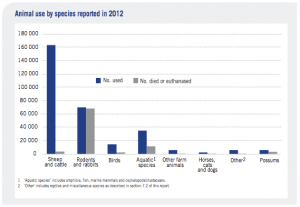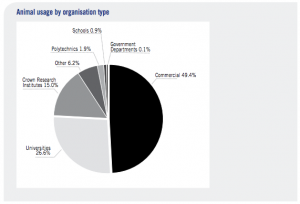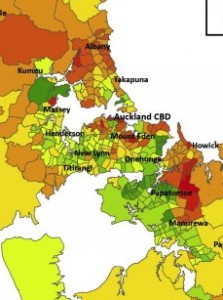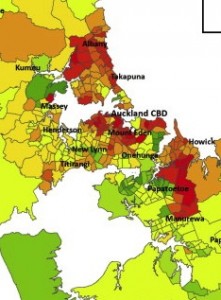What you do know that ain’t so
From a randomised trial of four different sets of information about vaccine benefits (via Brendan Nyhan)
Parents were randomly assigned to receive 1 of 4 interventions: (1) information explaining the lack of evidence that MMR causes autism from the Centers for Disease Control and Prevention; (2) textual information about the dangers of the diseases prevented by MMR from the Vaccine Information Statement; (3) images of children who have diseases prevented by the MMR vaccine; (4) a dramatic narrative about an infant who almost died of measles from a Centers for Disease Control and Prevention fact sheet; or to a control group.
In particular, intervention 4 is a popular and sensible idea, and it has occurred to people from Benjamin Franklin to Kiwi parents and the Herald. However:
RESULTS: None of the interventions increased parental intent to vaccinate a future child. Refuting claims of an MMR/autism link successfully reduced misperceptions that vaccines cause autism but nonetheless decreased intent to vaccinate among parents who had the least favorable vaccine attitudes. In addition, images of sick children increased expressed belief in a vaccine/autism link and a dramatic narrative about an infant in danger increased self-reported belief in serious vaccine side effects.
This research is depressing from the point of view of science communication. The problem is that the message goes in two apparently opposite ways. One conclusion is that increasing trust in science and medicine is the only solution, which would require more public contact and communication, and openness about uncertainty. The other conclusion is that a public health advertising campaign is a treatment, and like any other treatment it should be evaluated for safety and effectiveness before it’s applied to the population, an approach that seems to imply a reduction in open and unfiltered communication.
I don’t think the contradiction is unavoidable; I think more communication about research process — who are we and what do we actually do — will help, but also that advertising, whether government-funded or pushed by PR departments, is actually dangerous. If we overstate claims about the biochemical effects of compounds in chocolate, or the number of deaths prevented by lowering the blood alcohol limit, why should we be trusted on important issues?





